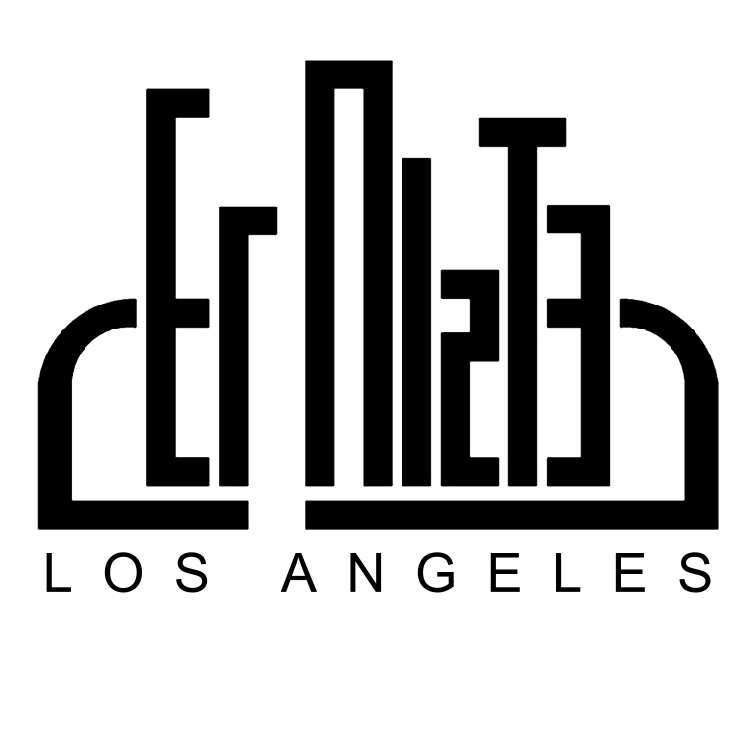Questions — Parshah Vayakhel
Chapter 35
Why do the laws of the Sabbath need to be repeated here? How is this iteration different from previous explanations?
Does the convocation of kol-adat Bene Yisrael include the children as well?
How do we define what constitutes work on Shabbat? Is this fixed through the Halakhic process or is there room for us to define what work is? If what we do for work includes a global effort to curate our lives for public consumption can we withdraw from that task sufficiently to experience Shabbat without work. How can we deal with the anxiety of separation from work in our work obsessed culture? What can we learn from Israelite life and where do the limitations of their experience leave us on our own?
We may not kindle fire on Shabbat, but what uses can we make of fire if it pre-exists Shabbat? What is the difference between kindling a flame ourselves and using electricity which is derived from a source whose generation is not clearly known to us. Although electricity has to be generated by the addition of some input overtime we have no direct power over that input or by whom and how it is accessed, should we still treat it as if it were the same as a fire that we fed ourselves. Is feeding a fire the same as kindling a fire?
How are we to understand the emotional state of the Israelites in their giving at this time? We first hear about how this request is to be made before the incident of the Golden Calf. If they had been asked to make these gifts then it would have been less potentially fraught.
When the Israelites with skill are called, why is Bezalel’s already described role and skill not mentioned?
Moses lists all of the elements that need to be fashioned. This abbreviates the description into an enumeration. No mention is made of size of any way that the actual needs would be clear to the people. Why aren’ things made more clear to them?
In the long list of those who brought forth their resources and their skills there is no clarity about how broad a range of the whole of the Israelite people were included. Was there any division of animosity between those who had something to offer and those who did not? Could this be a source of later discontents within the camp? How might this event that seems joyous on the surface have contained less pleasant aspects?
When Bezalel and Oholiab are mentioned and their role is explained why are there no rules for their conduct or descriptions of how they were to manage the work included? We can assume that workshops would need to be set up and that the two men would not have been able to do all of the work themselves?
Chapter 36
The artisans are the ones who notice that the people’s offerings have exceeded their needs. Do they notice at the moment that needs are met, shortly afterwards or only after a notable excess has accumulated? What would have been done with the excess? Have the rules of Hekdesh been laid out at this point yet? Does this exacerbate a divide in Israelite society between those who can do the artisan work and those who provide the in kind offerings?
Why are some of the sockets made of silver and not gold (36: 30)?
Why is there no description of how the work was done or who did it? Bezalal and Oholiab are not mentioned at all in this part of the construction.
Chapter 37
Now Bezalel is mentioned when the construction comes to the making of the Ark. The text consistently tells us that he, Bezalel, did the work himself. Is this really what the text means or does it mean that he supervised. Or that he lead work that was done by his workshop and that he himself was doing the finest work?
We are told in verse 37:24 that Bezalel used a talent of Gold in the construction of the furnishings of the Holy of Holies. What is the significance of this named weight?
Chapter 38
Compare the construction of the altar for burnt offerings with the plan described by God. It seems to be described in more detail in the actual fashioning.
Why is it specifically mentioned that the laver was made with the mirror of the women?
